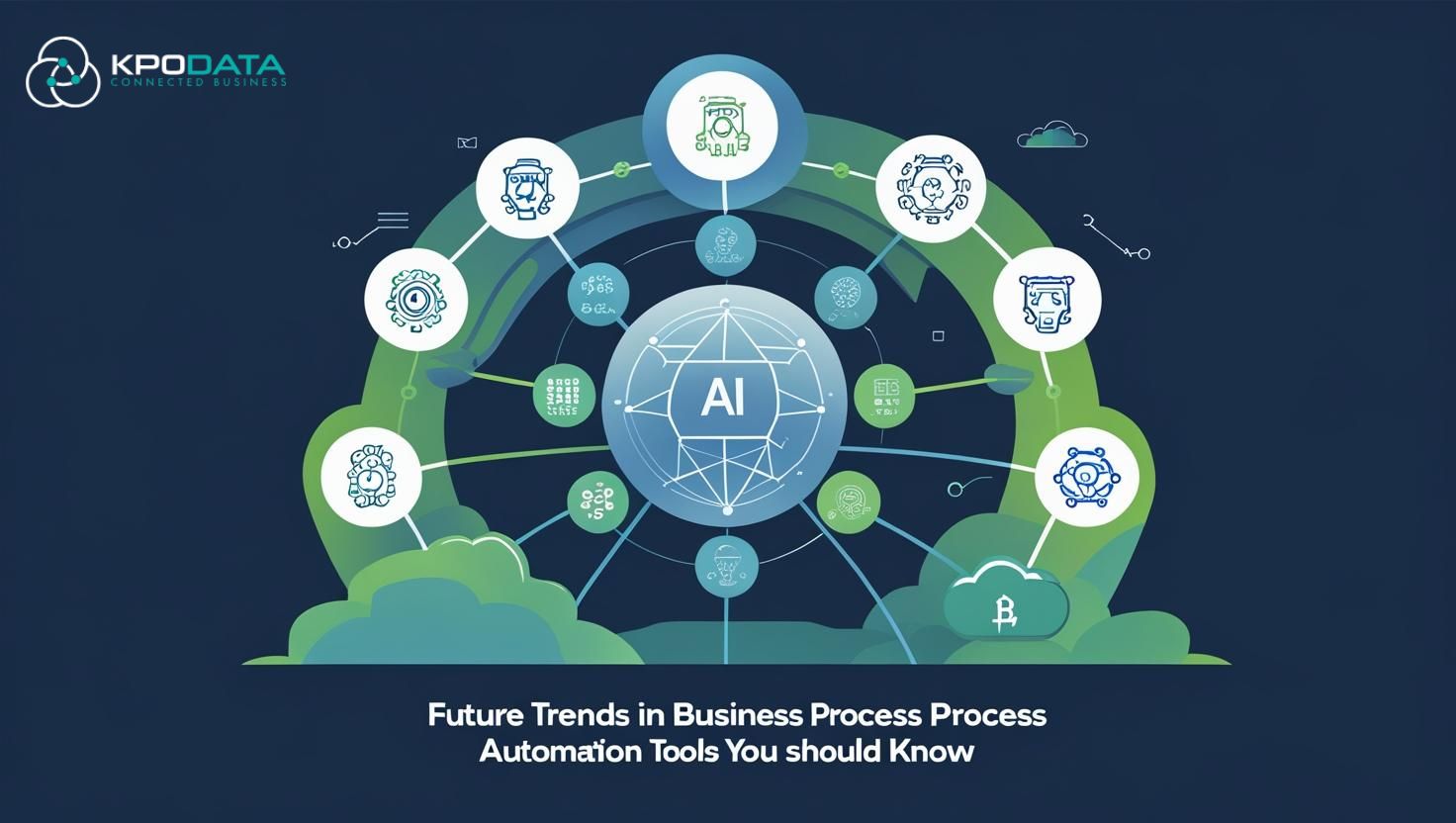5 Low-Code Examples That Transform Industries
Alan Hannigan
March 27, 2025


Founder and CEO with over 10 years of experience leading and growing multiple businesses in the technology services and SaaS space, delivering a variety of solutions for diverse clients in the tech, legal, media, and finance sectors across multiple markets worldwide.
I specialize in working with clients to understand their business needs, objectives, people, and culture, then implementing technology solutions that create meaningful change, deliver real value, and enable future growth. I have built a high-performing team of skilled engineers and fostered a culture of innovation and customer centricity. This has enabled us to stay ahead of the market and maintain a high client retention rate.
With experience across diverse industries and a strong track record of solving complex business challenges with technology, I bring deep expertise in business, finance, and project execution within organisations. As a strategic thinker with a pragmatic approach, I enjoy delivering results and overcoming obstacles through collaboration. I believe in the power of people and the importance of bringing them along on the journey to success.
KPO Data is a low-code application development platform that enables clients to build solutions that effectively solve business challenges without the complexity and cost of developing software from scratch, resulting in a higher ROI and faster delivery.
Low-code development has emerged as a transformative force in the software industry, enabling businesses to build applications faster, more efficiently, and with fewer resources than traditional coding methods. With a growing number of real-world low-code examples across industries, it’s clear that this approach is reshaping how organizations tackle digital transformation.
By leveraging visual interfaces, drag-and-drop tools, and pre-built components, low-code platforms allow both professional developers and non-technical users, which are often referred to as “citizen developers”, to create powerful applications without writing extensive lines of code. This approach has gained significant traction in recent years, with predictions indicating that by 2025, 70% of new business applications will be built using low-code or no-code technologies.
What is Low-Code Development?
Low-code development is a software development methodology that minimizes the need for manual coding. Instead of writing code from scratch, users can assemble applications using visual tools, pre-configured templates, and reusable components. This approach significantly reduces the time and cost associated with traditional development, making it accessible to a broader range of users, including those without deep programming expertise.
Low-code platforms typically offer:
- Visual development environments: Users can design applications by dragging and dropping components onto a canvas.
- Pre-built modules: Common functionalities like user authentication, data management, and integrations are readily available.
- Automation: Tasks such as testing, deployment, and maintenance are streamlined, reducing the need for manual intervention.
- Scalability: Applications can be easily scaled to handle growing user bases or increased complexity.
The rise of low-code is driven by the growing demand for digital transformation, the shortage of skilled developers, and the need for businesses to innovate rapidly. By democratizing application development, low-code empowers organizations to respond quickly to market changes, improve operational efficiency, and deliver better customer experiences.
Five Notable Low-Code Examples of Real-World Applications
The following low-code examples illustrate how businesses across different sectors have leveraged low-code platforms to solve complex problems, innovate, and achieve remarkable results.
1. Cofidis’ Transactional Website
- Platform: OutSystems
- Industry: Financial Services
Cofidis, a leader in the consumer credit market, faced a significant hurdle with their static website. It lacked the transactional capabilities needed for online loan applications, a critical feature for a company specializing in personal loans. Frequent updates were essential to align with evolving business goals, but traditional development methods were too slow and resource-intensive to keep pace with market demands.
The Low-Code Solution
To address this, Cofidis turned to the OutSystems low-code platform, renowned for its rapid development capabilities. In just five weeks, they developed a fully transactional website featuring distinct areas for the public, customers, and partners, along with online loan simulators. The platform enabled seamless integration with Cofidis’ internal customer and credit analysis systems using Web Services, requiring only two integrations with existing core systems. Notably, the low-code approach allowed non-technical staff to manage content, reducing dependency on IT teams and ensuring scalability.
Outcomes and Impact
The new website enabled Cofidis to achieve aggressive time-to-market for new business ideas, a critical advantage in the competitive financial sector. As CIO Nuno Miguel emphasized, “Speed is critical in the financial market. Low-code allows us to deliver solutions faster, meeting business needs efficiently.” The platform’s flexibility ensured high service level agreement (SLA) compliance and supported constant, low-cost updates. Beyond the website, Cofidis launched several customer service applications, further enhancing their ability to respond to market shifts.
Source: OutSystems Case Study: Custom Collaborative Website for Cofidis
2. Medtronic’s FocusOn™ Platform
- Platform: OutSystems
- Industry: Healthcare
Medtronic, a global leader in medical technology, needed a customizable platform for remote cardiac monitoring to improve patient care. Their initial third-party eHealth solution was inflexible and unable to adapt to evolving requirements. Security and scalability were non-negotiable, given the sensitive nature of health data, yet the existing system fell short in meeting these standards.
The Low-Code Solution
Medtronic adopted the OutSystems low-code platform, selected for its enterprise-grade scalability, SOC2 Type II-compliant security, and proven track record in eHealth solutions. Partnering with Noesis, a top OutSystems global partner, Medtronic developed FocusOn™ 2.0, an IoT-enabled platform, in just six months. This solution analyzes data from implanted cardiac devices, triggers automated workflows for abnormalities, and is designed for simplicity—new clinics can onboard in just 15 minutes.
Outcomes and Impact
The FocusOn™ platform delivered transformative results. It reduced the IT budget by 50% and decreased the volume of data clinicians needed to review by 80%. Over 450,000 sessions were triaged, saving an estimated 35 years of clinical staff working time. Launched in June 2016, the platform expanded to 13 countries, with low-code enabling rapid adjustments as requirements evolved. This adaptability improved clinic response times and enhanced patient outcomes, proving low-code’s suitability for mission-critical healthcare applications where precision and reliability are essential.
Source: OutSystems Case Study: Medtronic Improves Patient Care
3. PVH Europe’s Chargeback and Budget Apps
- Platform: Mendix
- Industry: Retail
PVH Europe, the company behind fashion brands like Tommy Hilfiger and Calvin Klein, struggled with managing marketing budgets, chargebacks, and onboarding external workers efficiently. Their existing systems lacked the flexibility to meet specific business needs, and integration with enterprise systems like SAP S/4HANA and Workday was a persistent challenge. These inefficiencies hindered operational agility in a fast-moving retail environment.
The Low-Code Solution
PVH Europe adopted the Mendix low-code platform to develop tailored applications addressing these pain points. Key solutions included a chargeback system for handling 180,000 annual wholesale return requests, an RTPA app for managing external worker onboarding, and a Global Unified Budget Information (GUBI) app for tracking marketing budgets. Partnering with SUPERP’s MxBlue division, PVH Europe leveraged Mendix’s visual interface and collaboration tools to integrate these apps with SAP seamlessly. The chargeback app was built in four months, and the GUBI app took five months to develop.
Outcomes and Impact
The chargeback system improved user experience with full auditability, ensuring compliance and efficiency. The RTPA app eliminated manual effort and required no training, while the GUBI app saved two days monthly on data gathering and enhanced GDPR compliance. These solutions reduced the total cost of ownership compared to custom or off-the-shelf alternatives. PVH Europe established a Mendix Center of Excellence, paving the way for future innovations like the Prop Shop application.
Source: Mendix Customer Story: Fashion Forward PVH Drives Business Value
4. Kaneka Malaysia’s Material and Quality Systems
- Platform: Mendix
- Industry: Manufacturing
Kaneka Malaysia, a manufacturing firm with 635 employees, aimed to digitize its operations to improve efficiency but was hindered by manual processes and limited IT resources. Relying on paper and Excel spreadsheets for material and quality management led to redundant data entry, lost time, and increased error risks. With only a small IT team of two, the company faced significant barriers to achieving digital transformation.
The Low-Code Solution
Inspired by a Gartner article, Kaneka Malaysia adopted the Mendix low-code platform in 2019, partnering with Orangeleaf Consulting. Their first project, a material management system, replaced paper and Excel processes, achieving 100% time savings in reporting. This was followed by a quality management system developed in just three weeks, offering mobile access and saving 86-96% of inspector time. In June 2021, they launched a citizen developers program, training non-technical staff to build applications, further accelerating their digital efforts.
Outcomes and Impact
Over 18 months, Kaneka Malaysia automated 55 manual processes and built 13 new systems, with plans to integrate their ERP and DCS systems. The material management system, developed in 12 months, provided real-time data access, while the quality management system reduced unnecessary office trips, boosting employee satisfaction. Their roadmap includes establishing Kaneka Malaysia as an ASEAN regional center of excellence for low-code development. This case demonstrates how low-code can bridge the gap between IT and operational technology in manufacturing, even with limited resources.
Source: Mendix Customer Story: Crafting Digital Manufacturing Processes at Kaneka Malaysia
5. City of Rotterdam’s Citizen Service Apps
Platform: Mendix
Industry: Public Sector
The City of Rotterdam, serving 660,000 citizens, faced growing demand for better digital services in areas like parking, trash collection, and crisis response. Traditional development methods were too slow to meet these needs, and data privacy concerns added complexity. The city needed agile, citizen-centric solutions that could integrate with existing data sources.
The Low-Code Solution
In 2018, Rotterdam adopted the Mendix low-code platform, delivering over 100 applications in four years using Agile Scrum and Mendix’s digital execution program (Start, Structure, Scale). Key applications included the RBP parking app for 5 million annual visitors (MVP in 8 weeks, live in 4 months), the trashR app for on-demand trash collection (saving €80,000 annually), and crisis response apps like the Digital Counter for video call identity verification, launched in three weeks during the COVID-19 pandemic.
Outcomes and Impact
The RBP parking app streamlined parking management, while the trashR app reduced operational costs by €80,000 per year. The Digital Counter app, developed rapidly during the pandemic, won the Gemeente Delers Award and Computable Award in 2021 for its innovation and impact. By training 14 non-technical staff as citizen developers and utilizing reusable components, Rotterdam enhanced scalability and delivered 20 additional apps, improving experiences for employees, citizens, and partners. This example showcases low-code’s agility in delivering public services that prioritize citizen needs.
Source: Mendix Customer Story: The City of Rotterdam Empowers Development at Scale
Partner with Kpodata for Your Low-Code Journey
Looking to harness the power of low-code for your business? At Kpodata, we specialize in delivering tailored low-code solutions that drive efficiency and innovation across industries. Whether you’re in finance, healthcare, retail, manufacturing, or the public sector, Kpodata’s expertise can help you achieve measurable results.
Explore our other low-code examples and see how we can empower your organization with cutting-edge low-code technology!






